GUIDE
In 2026, digital asset management (DAM) has become an essential component of successful business operations. Whether you're a small enterprise or a multinational corporation, mastering the art of managing digital assets effectively is crucial. Yet, the path to implementing a robust DAM system can often seem daunting. This guide aims to demystify the complexities and provide a clear, structured approach to your DAM journey.
Digital assets are the lifeblood of modern organisations. They include anything from images and videos to documents and multimedia files—each a vital element that supports your brand's story and operational efficiency. Without a well-organised DAM system, these assets can become a chaotic labyrinth, hindering productivity and stifling creativity.
In this guide, you will uncover the foundational principles of DAM. We will explore how to evaluate your organisation's unique needs and how to select the right tools to meet those requirements. You will gain insights into best practices that ensure your digital assets are not only stored securely but are also easily accessible to those who need them.
Understanding the landscape of DAM in 2026 requires awareness of the latest trends and technologies. You will discover the significance of artificial intelligence and machine learning in enhancing asset management capabilities. Furthermore, you will learn how to safeguard your assets against emerging cyber threats while ensuring compliance with evolving regulatory standards.
Join us as we navigate the transformative world of digital asset management. This is more than a guide; it is your roadmap to harnessing the full potential of your digital assets. Embrace the opportunity to propel your organisation forward with confidence and clarity.
Introduction
In 2026, digital asset management (DAM) has become an essential component of successful business operations. Whether you're a small enterprise or a multinational corporation, mastering the art of managing digital assets effectively is crucial. Yet, the path to implementing a robust DAM system can often seem daunting. This guide aims to demystify the complexities and provide a clear, structured approach to your DAM journey.
Digital assets are the lifeblood of modern organisations. They include anything from images and videos to documents and multimedia files—each a vital element that supports your brand's story and operational efficiency. Without a well-organised DAM system, these assets can become a chaotic labyrinth, hindering productivity and stifling creativity.
In this guide, you will uncover the foundational principles of DAM. We will explore how to evaluate your organisation's unique needs and how to select the right tools to meet those requirements. You will gain insights into best practices that ensure your digital assets are not only stored securely but are also easily accessible to those who need them.
Understanding the landscape of DAM in 2026 requires awareness of the latest trends and technologies. You will discover the significance of artificial intelligence and machine learning in enhancing asset management capabilities. Furthermore, you will learn how to safeguard your assets against emerging cyber threats while ensuring compliance with evolving regulatory standards.
Join us as we navigate the transformative world of digital asset management. This is more than a guide; it is your roadmap to harnessing the full potential of your digital assets. Embrace the opportunity to propel your organisation forward with confidence and clarity.
Navigation
Steps to Follow
ONE
Actionable Steps
Examples
Best Practices
TWO
Actionable Steps
Examples
Best Practices
THREE
Actionable Steps
Examples
Best Practices
Common Mistakes to Avoid
Embarking on the journey of Digital Asset Management (DAM) in 2026 offers organisations a strategic advantage in the increasingly digital landscape. As we have explored, a well-implemented DAM system efficiently organises, stores, and retrieves digital assets, enhancing productivity and collaboration across teams. By prioritising the foundational steps of understanding organisational needs and setting clear objectives, businesses can ensure their DAM solution aligns with long-term goals.
The selection process requires careful consideration. Evaluating potential systems against specific requirements is essential. Organisations should focus on key features such as metadata management, user access controls, and scalability. Furthermore, integration capabilities with existing tools and platforms play a critical role in streamlining workflows and maximising efficiency.
Adopting a DAM system is not merely a technological shift but a cultural one. Successful implementation hinges on comprehensive training and ongoing support. Users must become familiar with new processes and workflows, and the organisation should foster an environment that encourages feedback and continuous improvement. Establishing clear governance protocols will aid in maintaining system integrity and optimising asset management strategies over time.
The rapid evolution of technology means that flexibility and adaptability are crucial. DAM solutions should support future growth and potential technological advancements. Organisations that embrace innovation and remain open to evolving their DAM practices will be better positioned to harness the full potential of their digital assets.
Regularly assessing the performance and impact of the DAM system ensures it continues to meet organisational needs. By setting measurable KPIs and conducting periodic reviews, businesses can identify areas for enhancement and demonstrate the value of their investment.
In 2026, the path to effective Digital Asset Management is clear but requires deliberate action and commitment. By following the outlined steps and maintaining a focus on continuous improvement, organisations can transform their digital asset management into a robust, future-proof strategy.
Faq
Frequently Asked Questions
A: Digital Asset Management (DAM) is a system that enables organisations to efficiently organise, store, retrieve, and distribute digital assets such as images, videos, documents, and other multimedia content. By centralising these assets, DAM systems streamline workflows, enhance collaboration, and ensure brand consistency across all digital platforms.
A: Selecting the right DAM solution involves assessing your organisation’s specific needs and objectives. Begin by identifying the types of digital assets you manage, the frequency of access, and the users who require it. Evaluate features such as metadata management, user permissions, integration capabilities, and scalability. It is crucial to consider both current and future requirements to ensure the DAM solution can grow with your organisation.
A: The primary benefits of a DAM system include improved efficiency in asset management, reduced time spent searching for files, and enhanced collaboration among teams. Additionally, a DAM system supports brand consistency by ensuring all users access the most up-to-date assets. It also offers robust security features to protect sensitive information and intellectual property.
DAM Guides
Click here to explore our in-depth Guides—step-by-step walkthroughs designed to help you master DAM, AI, integrations, and workflow optimization.
DAM Articles
Click here to dive into our latest Articles—insightful reads that unpack trends, strategies, and real-world applications across the digital asset world.
Take me to Articles
DAM Resources
Click here to access our practical Resources—including tools, checklists, and templates you can put to work immediately in your DAM practice.
Take me to Resources




